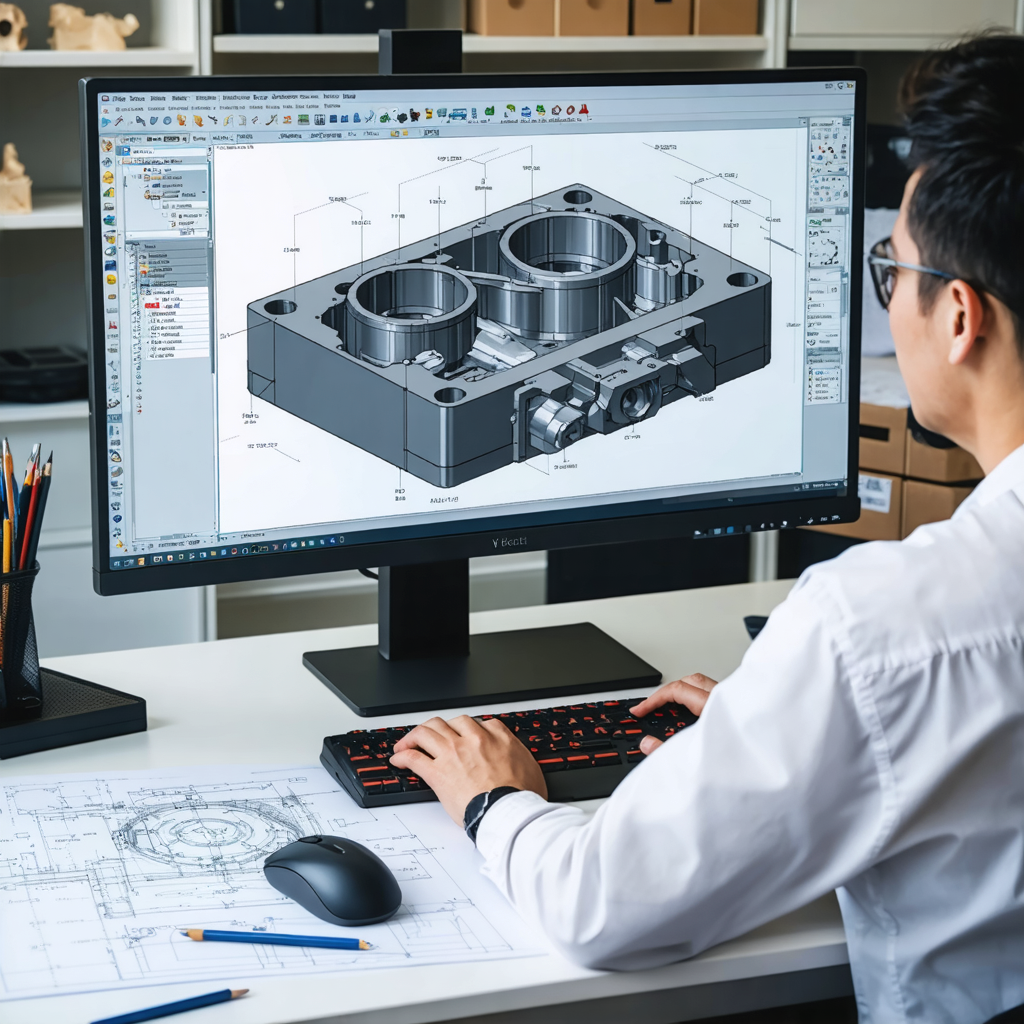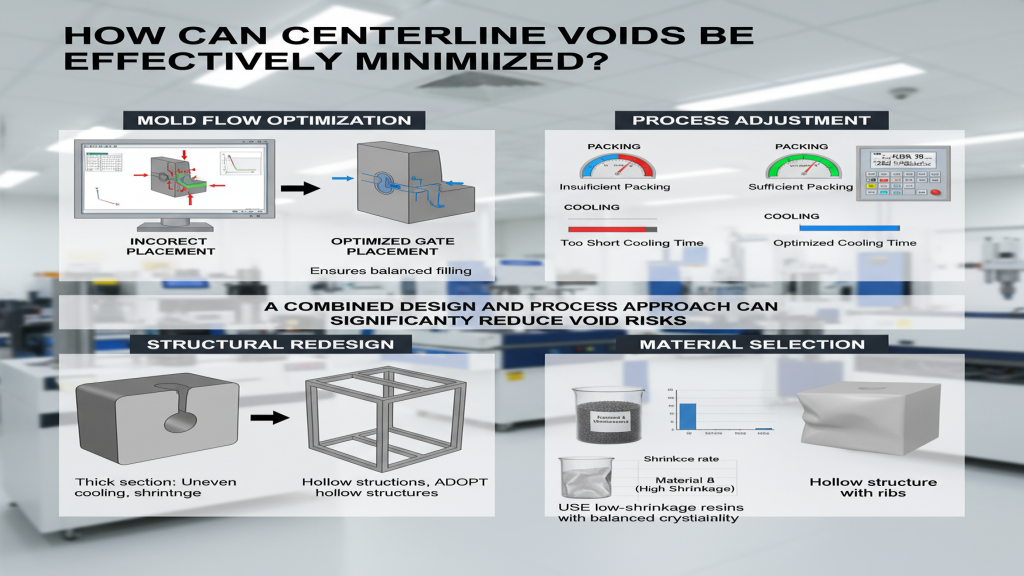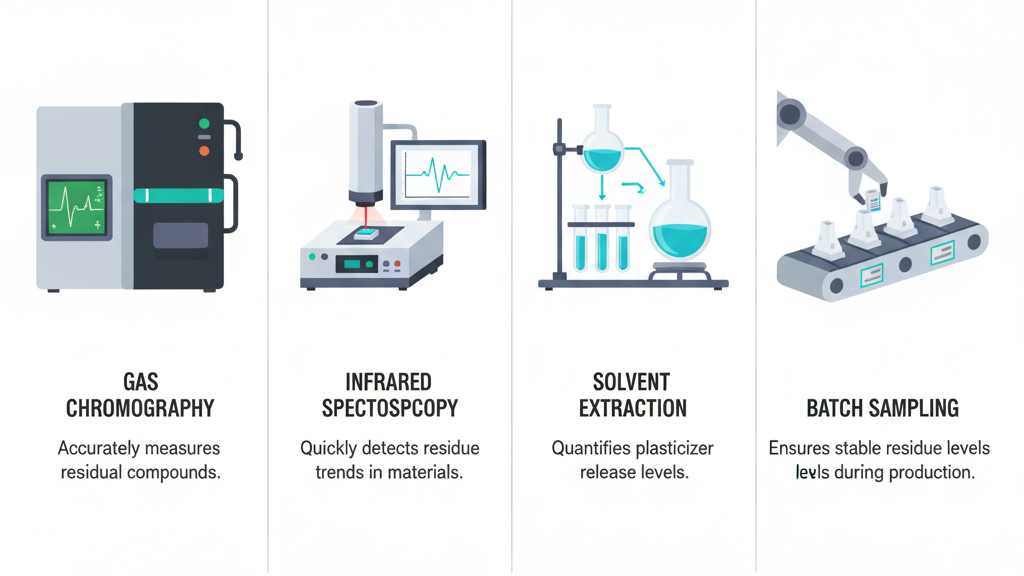To prevent warping in injection-molded parts, focus on proper mold design, uniform cooling, optimized processing parameters, and material selection. These strategies help minimize internal stresses and ensure parts maintain their intended shape.
Warping is a common issue in injection molding where parts deform or twist during or after the cooling process. This defect not only compromises the aesthetics of the product but can also affect its functionality, making it a critical challenge to address in precision manufacturing.
Let’s dive into the causes of warping and explore effective strategies to address and prevent this problem.
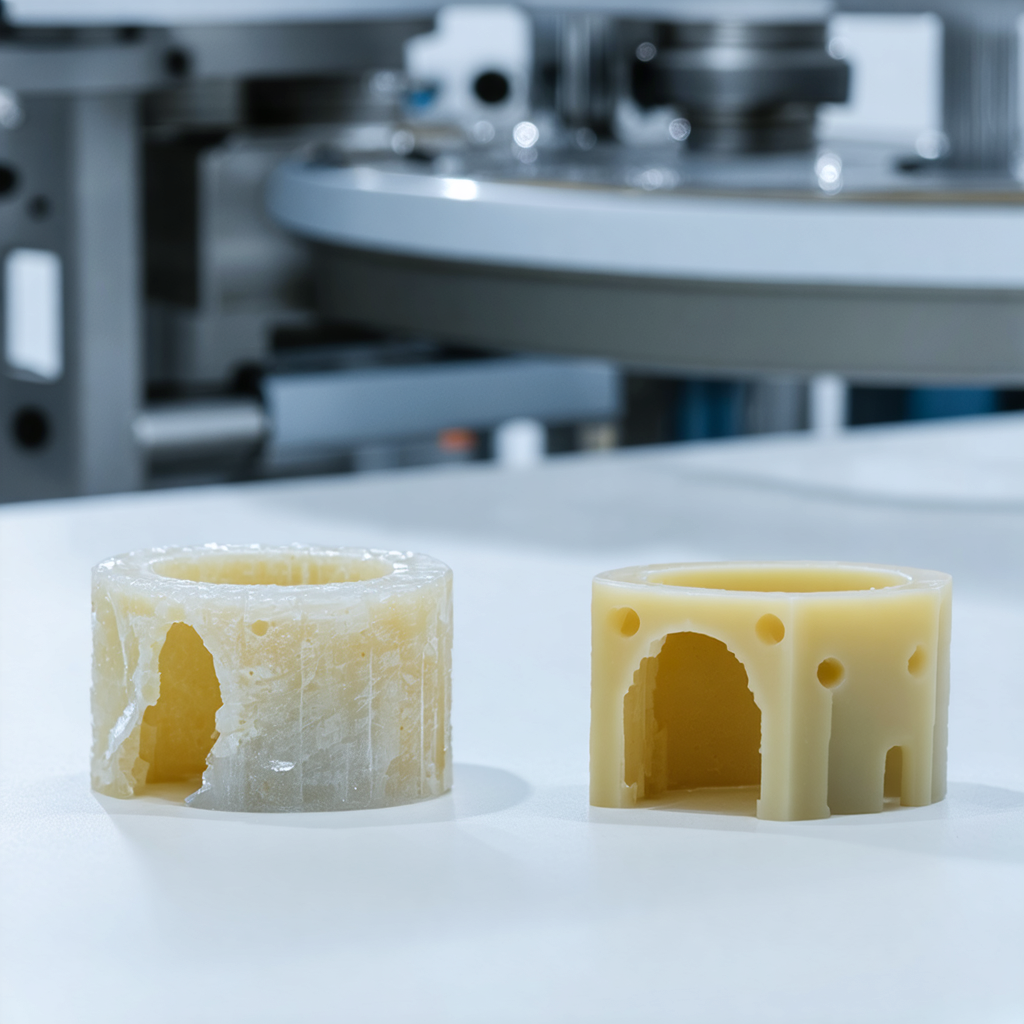
What Causes Warping in Injection-Molded Parts?
Warping occurs due to uneven shrinkage within the molded part as it cools. Factors like inconsistent wall thickness, improper cooling, or material properties can create internal stresses, causing the part to bend or twist.
Imagine baking a pizza: if one side of the pizza is exposed to more heat than the other, the crust may bubble unevenly, or the toppings might shift to one side. Similarly, in injection molding, uneven cooling or material distribution can cause the part to warp and lose its intended shape. Uneven shrinkage and improper cooling are common culprits behind warping issues.
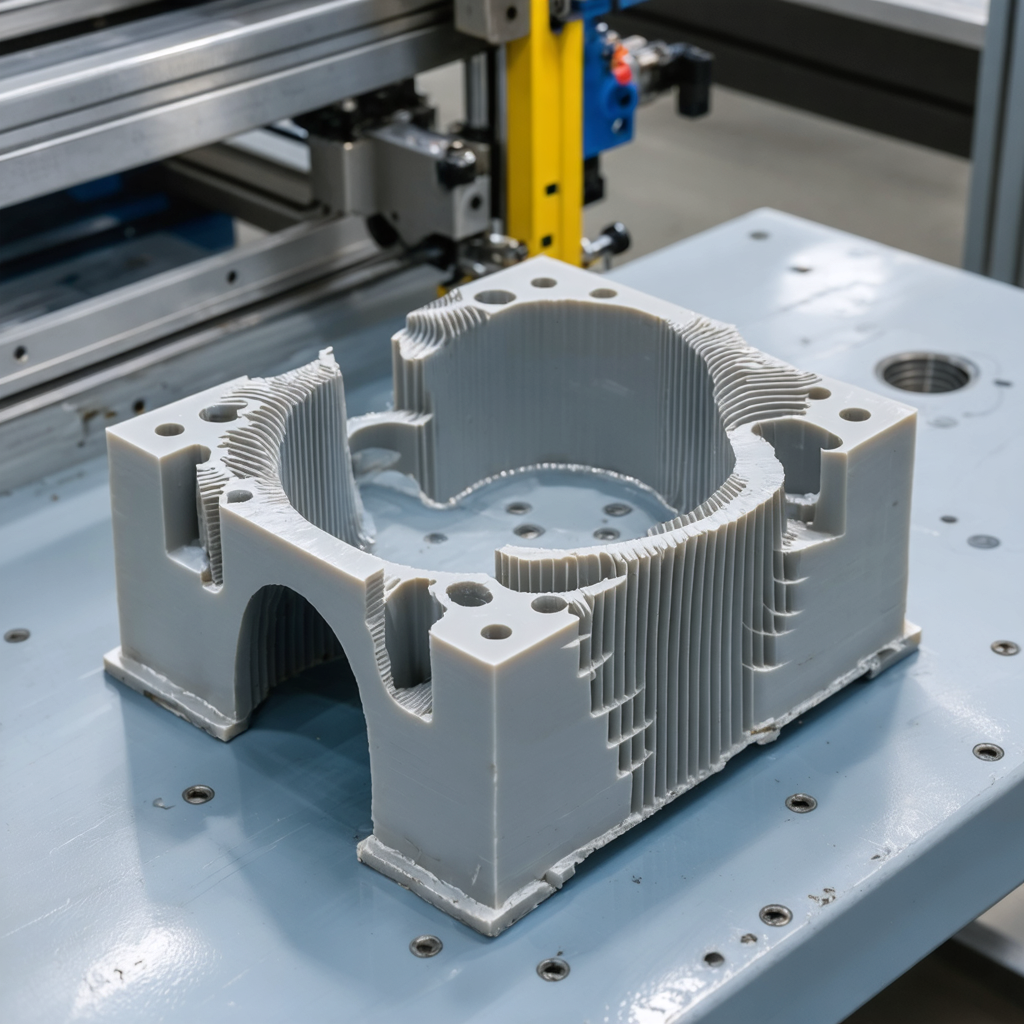
How to Prevent Warping in Injection-Molded Parts?
1. Ensure Uniform Wall Thickness
Maintaining consistent wall thickness reduces uneven shrinkage and internal stresses, minimizing warping. Parts with variable thickness cool unevenly, which leads to distortion.
- Best Practice: Design parts with uniform walls or use gradual transitions in thickness if changes are unavoidable.
- Example: Use fillets or ribs to strengthen thin sections without increasing overall thickness.
2. Optimize Cooling Systems
Uniform cooling ensures even solidification, reducing the chances of warping. Uneven cooling is one of the primary causes of distortion in molded parts.
- Use Conformal Cooling Channels: These channels follow the contour of the part, providing more uniform heat removal.
- Control Mold Temperature: Keep mold temperatures consistent to ensure uniform cooling across the part.
| Cooling Method | Advantages | Application Example |
|---|---|---|
| Conformal Cooling Channels | Even heat dissipation | Complex geometries |
| Standard Cooling Lines | Suitable for simple designs | Straightforward part designs |
3. Optimize Processing Parameters
Processing conditions such as injection speed, packing pressure, and cooling time significantly affect part warping.
- Adjust Injection Speed: Slower injection speeds allow for better material distribution and reduce internal stress.
- Increase Packing Pressure: Proper packing pressure fills cavities completely, ensuring even shrinkage.
- Extend Cooling Time: Allow adequate time for the part to cool uniformly within the mold.
4. Select the Right Material
Material properties, such as shrinkage rates and thermal expansion, influence warping tendencies. Choosing the right material for your part design and application is critical.
- Low Shrinkage Materials: Use materials like glass-filled plastics to reduce shrinkage.
- Application-Specific Polymers: Select polymers with thermal properties suited for your part's working environment.
| Material Type | Shrinkage Rate | Best Use Cases |
|---|---|---|
| Glass-Filled Nylon | Low shrinkage | Structural parts |
| Polycarbonate (PC) | Moderate shrinkage | High-strength transparent parts |
| Polypropylene (PP) | Higher shrinkage | Cost-effective, lightweight parts |
Common Mistakes to Avoid
1. Ignoring Wall Thickness
Inconsistent thickness leads to uneven cooling and warping. Always prioritize uniform wall thickness during part design.
2. Overlooking Cooling Systems
Improper or inefficient cooling systems can result in uneven temperature distribution, increasing the risk of warping. Incorporate optimized cooling systems to ensure uniform heat dissipation.
3. Using Incompatible Materials
Selecting materials without considering their shrinkage rates or thermal properties can exacerbate warping issues.
Conclusion
Preventing warping in injection-molded parts requires attention to mold design, cooling systems, processing parameters, and material selection. By addressing these factors, you can minimize internal stresses and produce high-quality parts with consistent dimensional accuracy.
For expert guidance on injection molding techniques, check out our resource center or contact us. Let’s work together to solve your molding challenges and deliver flawless parts.

